
March 12, 2025 | Articles
Get Stoked: Hill International Makes Big Waves in Spain’s Surfing Scene
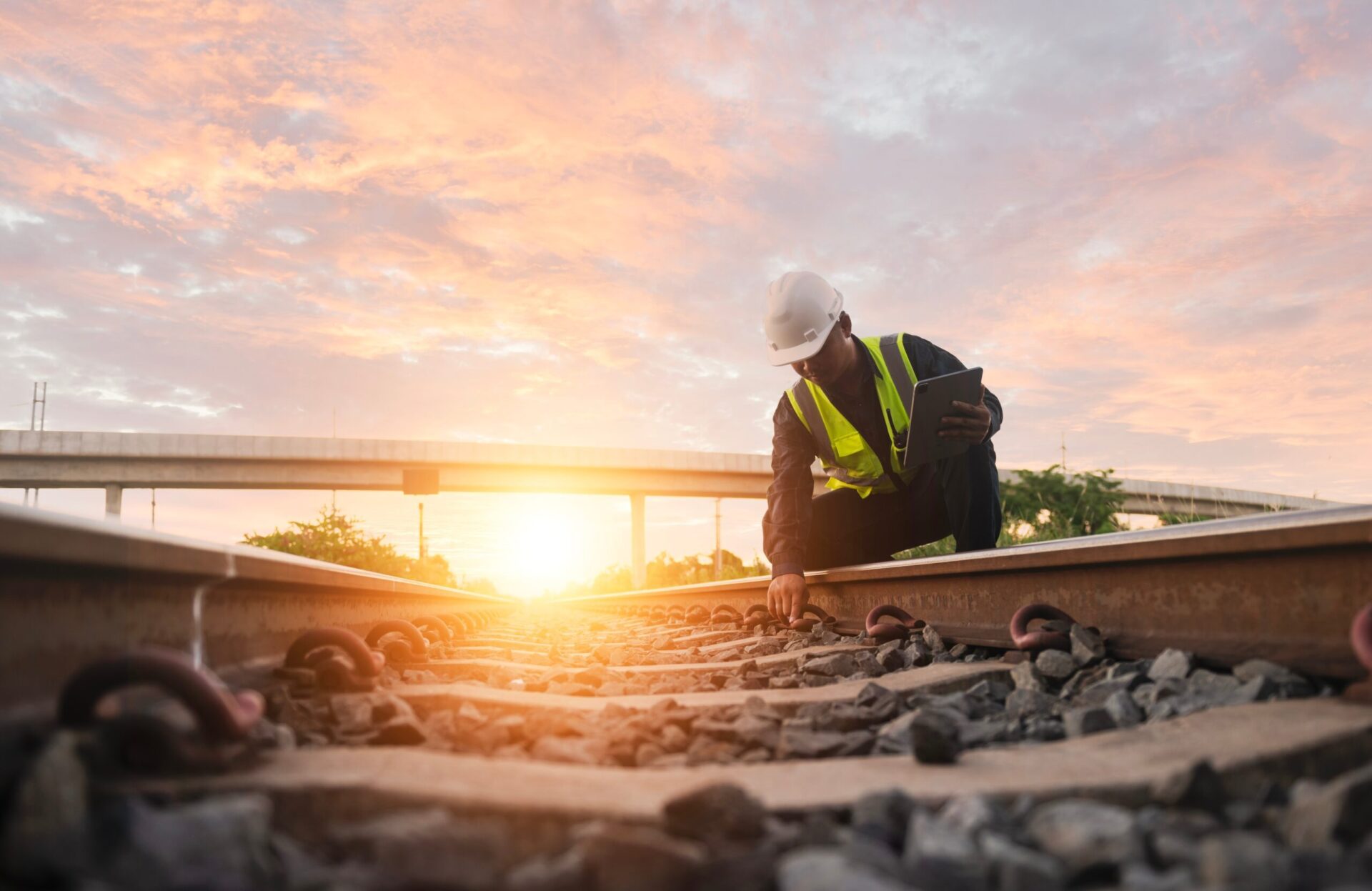
Rail and transit construction projects are complex undertakings and, as in many industries, railway technologies have become increasingly complex over time, resulting in the need for an independent safety assessment that ensures the system will behave in the manner that it is intended when constructed.
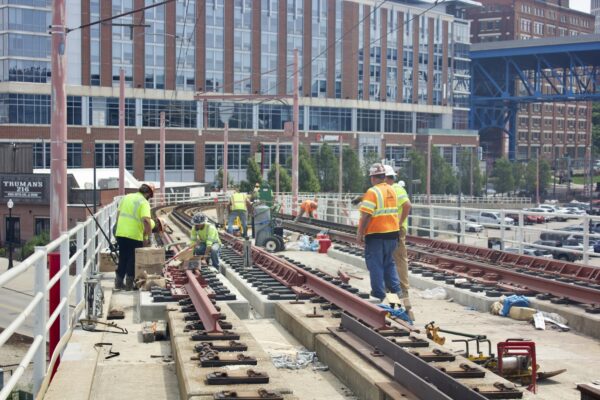
Independent Safety Assessment (ISA) is the formation of an independent judgement, separate and independent from all railway engineering design, development, or operational personnel, attesting that the safety requirements for the railway project are appropriate and adequate and that all the systems and civil works assets as well as Operation and Maintenance (O&M) processes are compliant with those safety requirements. This results in a system that satisfies the safety requirements as provided in the European Standards of CENELEC 50126 (Railway Application of Reliability, Availability, Maintainability and Safety), 50129 (Standard in Railway Systems for Railway Signaling), and the “Yellow Book.” To that end, the objectives of the ISA are to:
The Independent Safety Assessor’s role is to perform specific assessments and/or audits to establish the maturity and rigor of the safety management process without getting involved directly in the design and construction. The ISA assesses how well safety is implemented into the project. They ensure that:
ISA is required by law in many countries and many large rail and transit projects currently utilize ISA, although this approach has not yet penetrated the U.S. market.
The process to apply ISA process follows several over-arching steps, starting with the proposal stage, as follows:
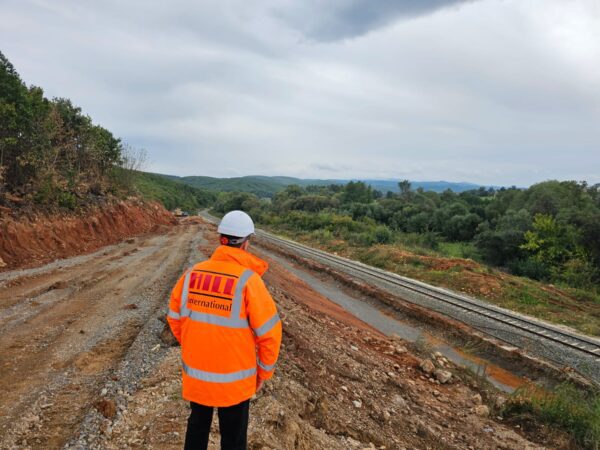
Once enacted, ISA delivers several benefits. It considers the overall safety of a system, including processes, organizational capabilities, documentation, and safety culture, thus providing a holistic view of safety for the project. Specific benefits are:
In summary, ISA contributes to safer, more reliable systems, instills confidence, and supports informed decision-making.
Nevertheless, implementing the steps to achieve the benefits comes with challenges. For example:
Owners considering ISA for their projects should be aware of these risks and make certain their independent ISA providers have adequate measures in place to address them.
The risks inherent in large rail and transit projects are compounded by the complexity of these projects, with numerous stakeholders, systems, requirements, and other factors combining to create circumstances ripe for accidents. ISA offers owners and teams a way to better manage and mitigate these risks through an unbiased independent assessment, leading to safer projects and, ultimately, safer and more reliable systems for the long term.

ONALA ATALA, PTSSP, PTSCTP: Hill International Senior Rail and Transit Sector Subject Matter Expert (SME) Onala Atala is a strategic expert in transit & rail systems. His skills include managing large scale rail transit projects, systems engineering and management, safety & security certification, fire/life safety, state safety oversight, proposal writing, and computer simulations. Onala served as Project Manager of the Lusail LRT in Doha, Qatar, and on the Taiwan High Speed Rail Corporation serving as the Director for Systems Assurance, leading a team of over 40 multi-national professionals, successfully delivering the safety certification of the Taiwan High Speed Rail system, among other assignments.
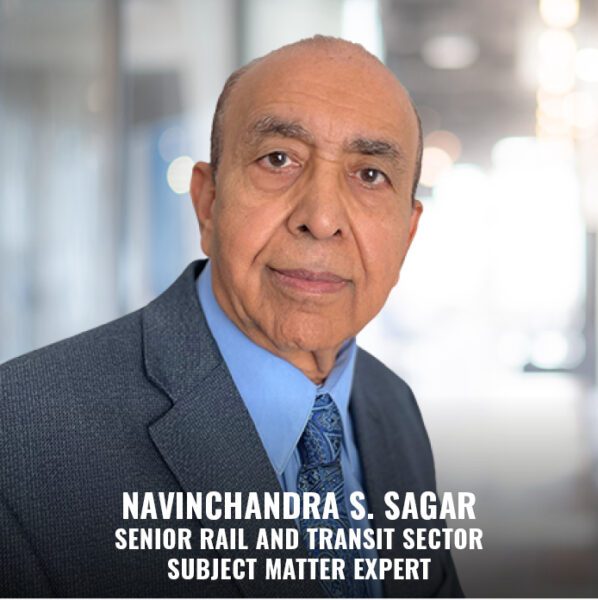
NAVINCHANDRA S. SAGAR, PE: Hill International Senior Rail and Transit Sector SME Navinchandra “Navin” S. Sagar has nearly four decades of experience of public/ private experience in multi-modal rail and transit programs. His expertise encompasses rail/transit infrastructure programs, systems, rolling stock, planning, engineering, construction, construction management, QA/ QC, systems assurance, cyber security matters, closeout, operation, and maintenance with constant performance monitoring.
Share

March 12, 2025 | Articles
Get Stoked: Hill International Makes Big Waves in Spain’s Surfing Scene

March 9, 2025 | Articles
Project Manager TJ Pinales: Helping Along the Road in San Antonio

March 4, 2025 | Articles
Balancing the Equation: An Interview with Project Manager Tracy Wiyrick

March 1, 2025 | Articles
A Lifelong Project: Calypso Kyriakopoulou’s Multifaceted Career in Construction

February 10, 2025 | Articles
Dual Delivery: A Viable Strategy for Complex Transit Projects

January 23, 2025 | Articles
Plotting a Roadmap to Success on the Torres de Colón Renovation
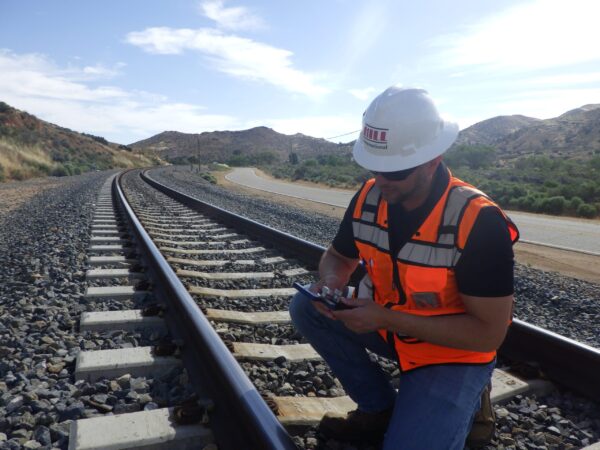
December 12, 2024 | Articles
Progressive Design-Build for Rail and Transit Projects: Room to Run

December 9, 2024 | Articles
Unlocking Growth: Maximizing the Benefits of the SBA’s Mentor-Protégé Program

December 8, 2024 | Articles
Mediterranean Luxury a Century in the Making: Four Seasons Resort Mallorca at Formentor